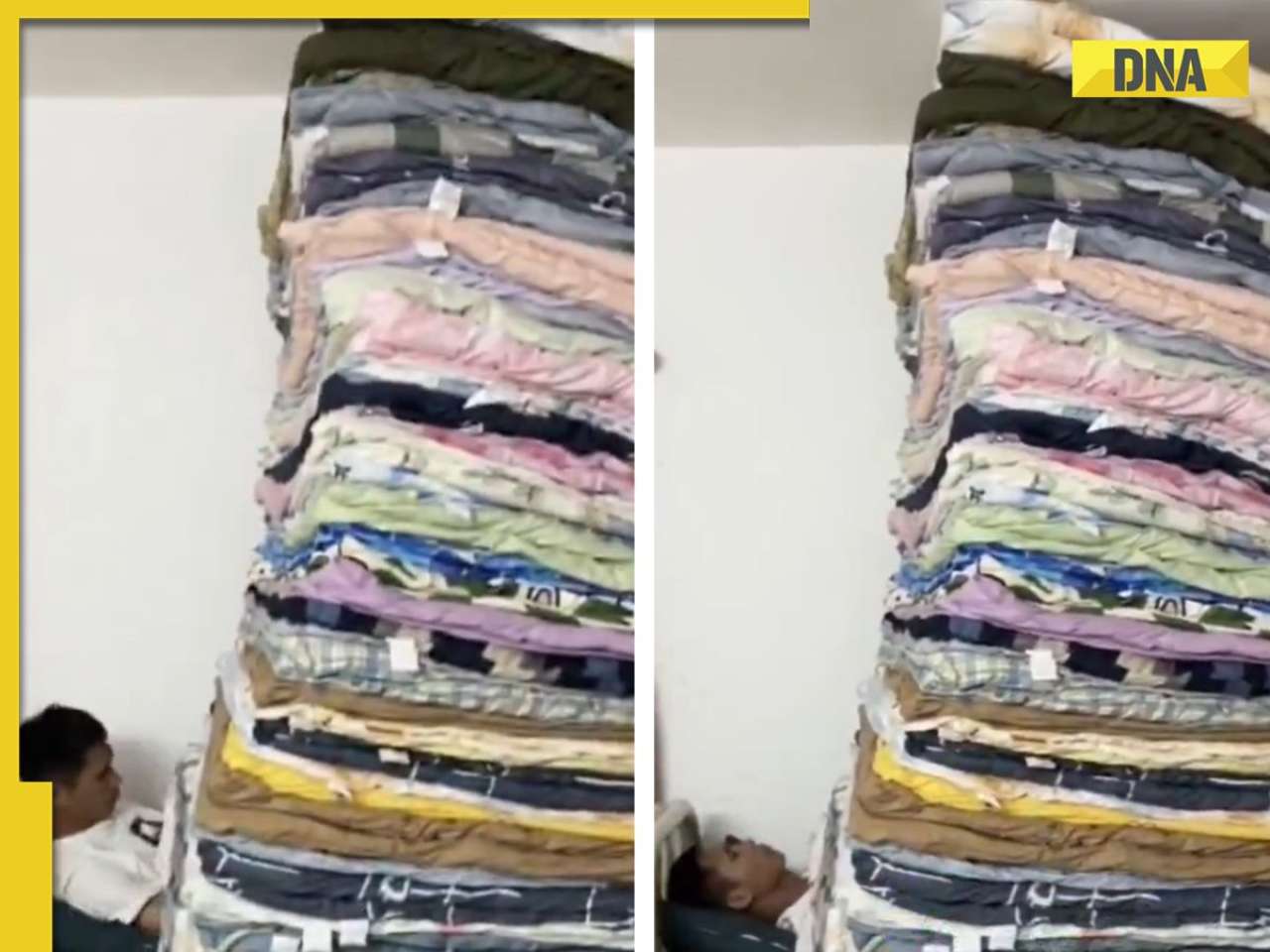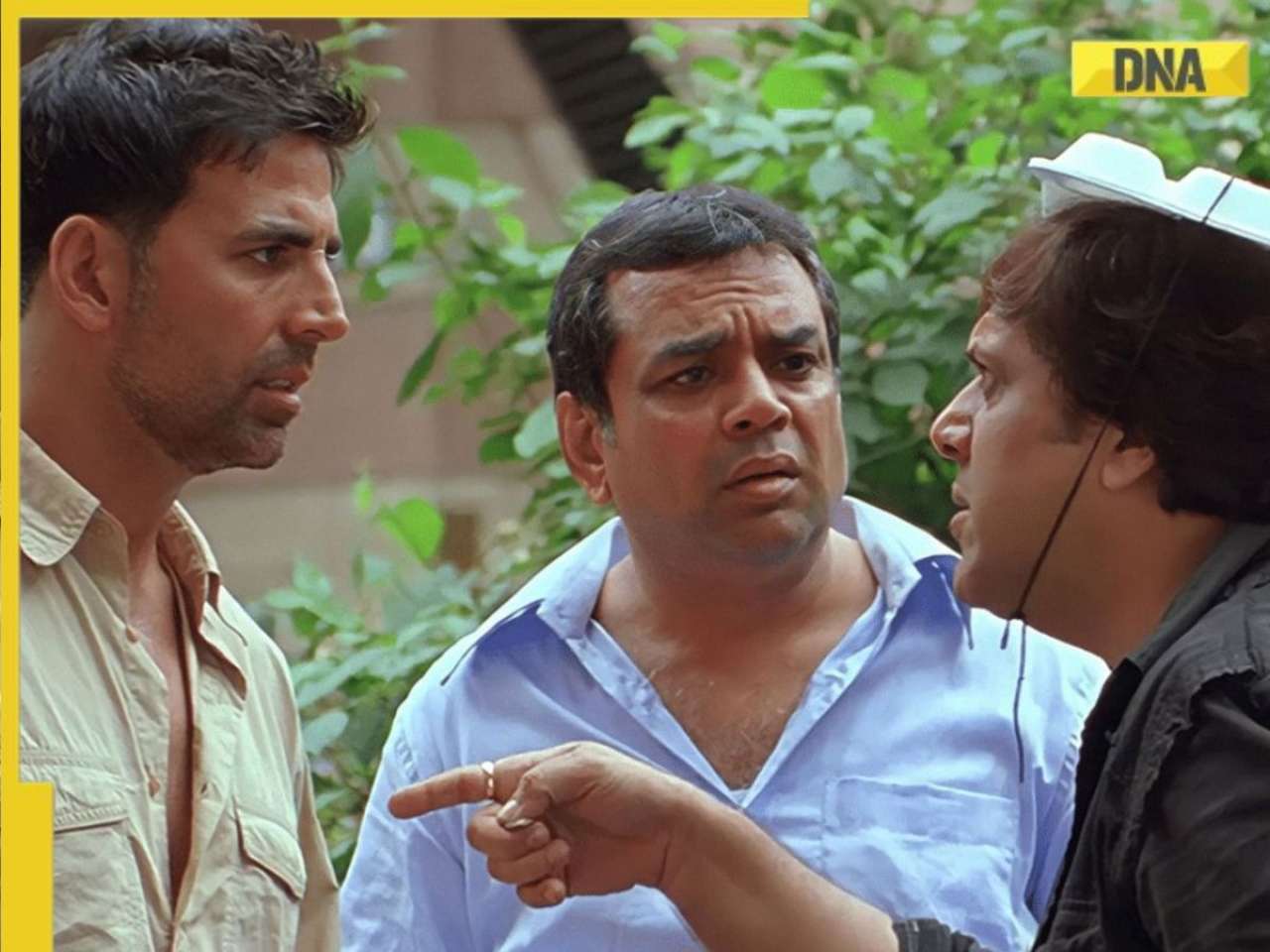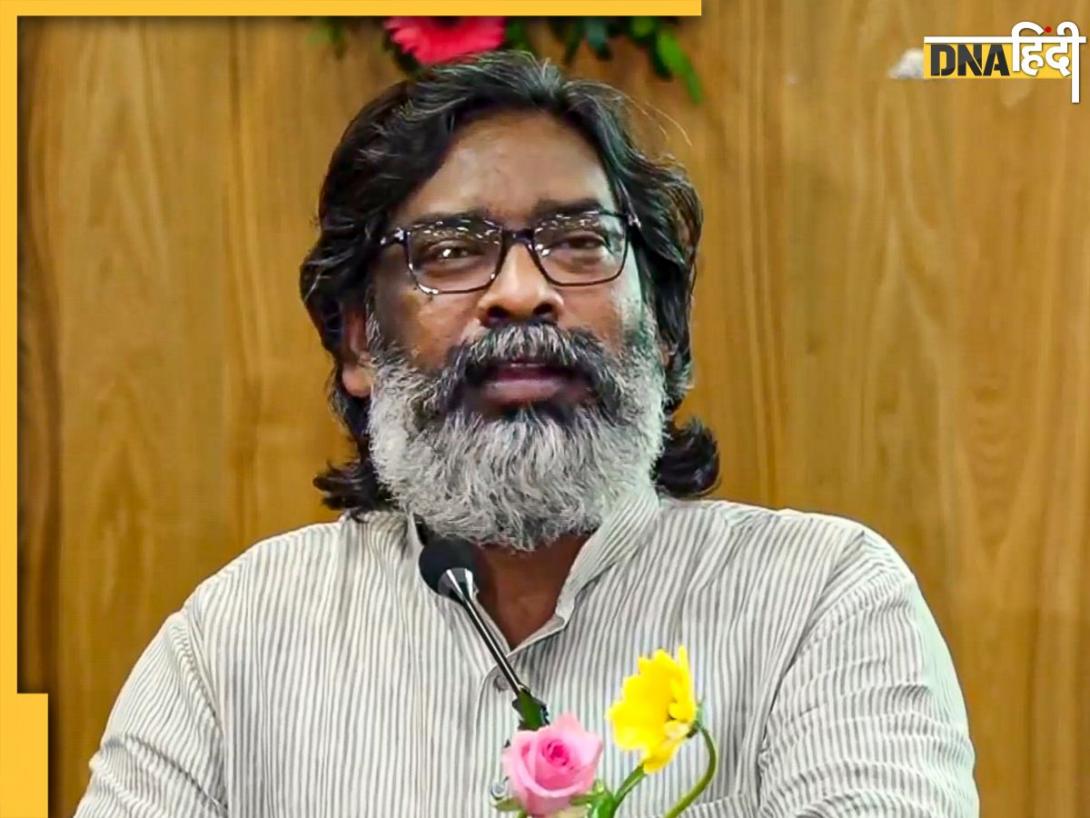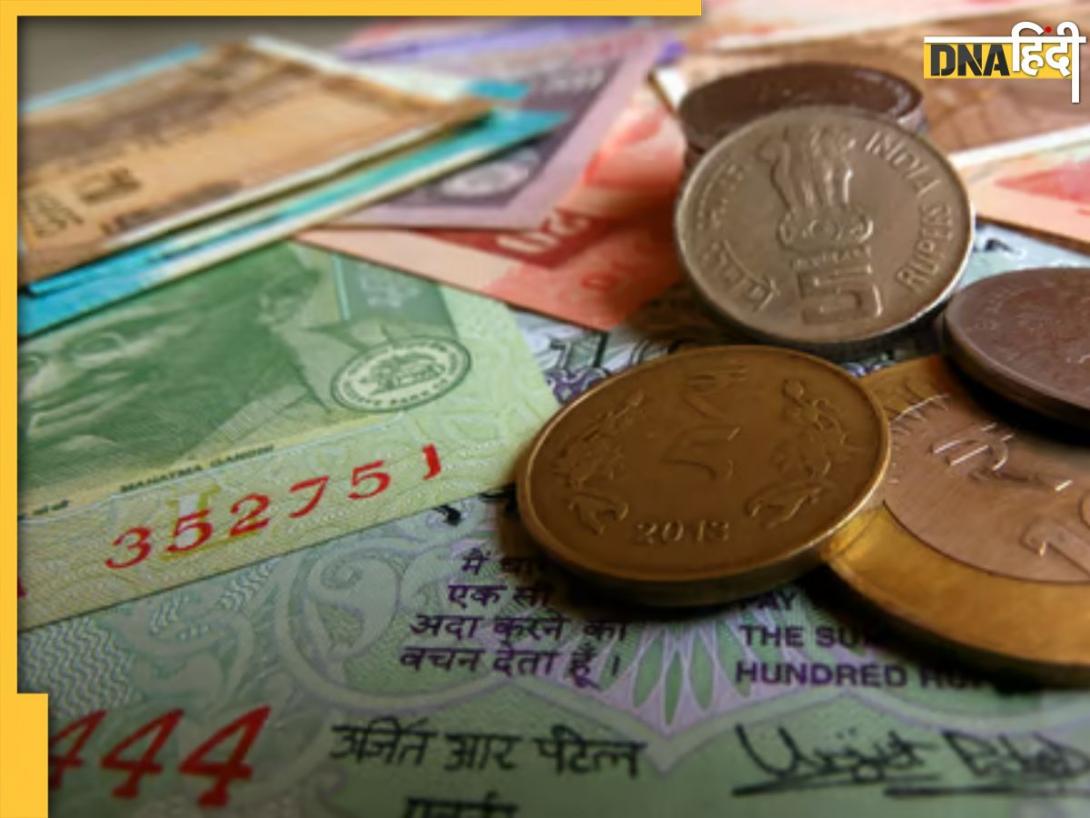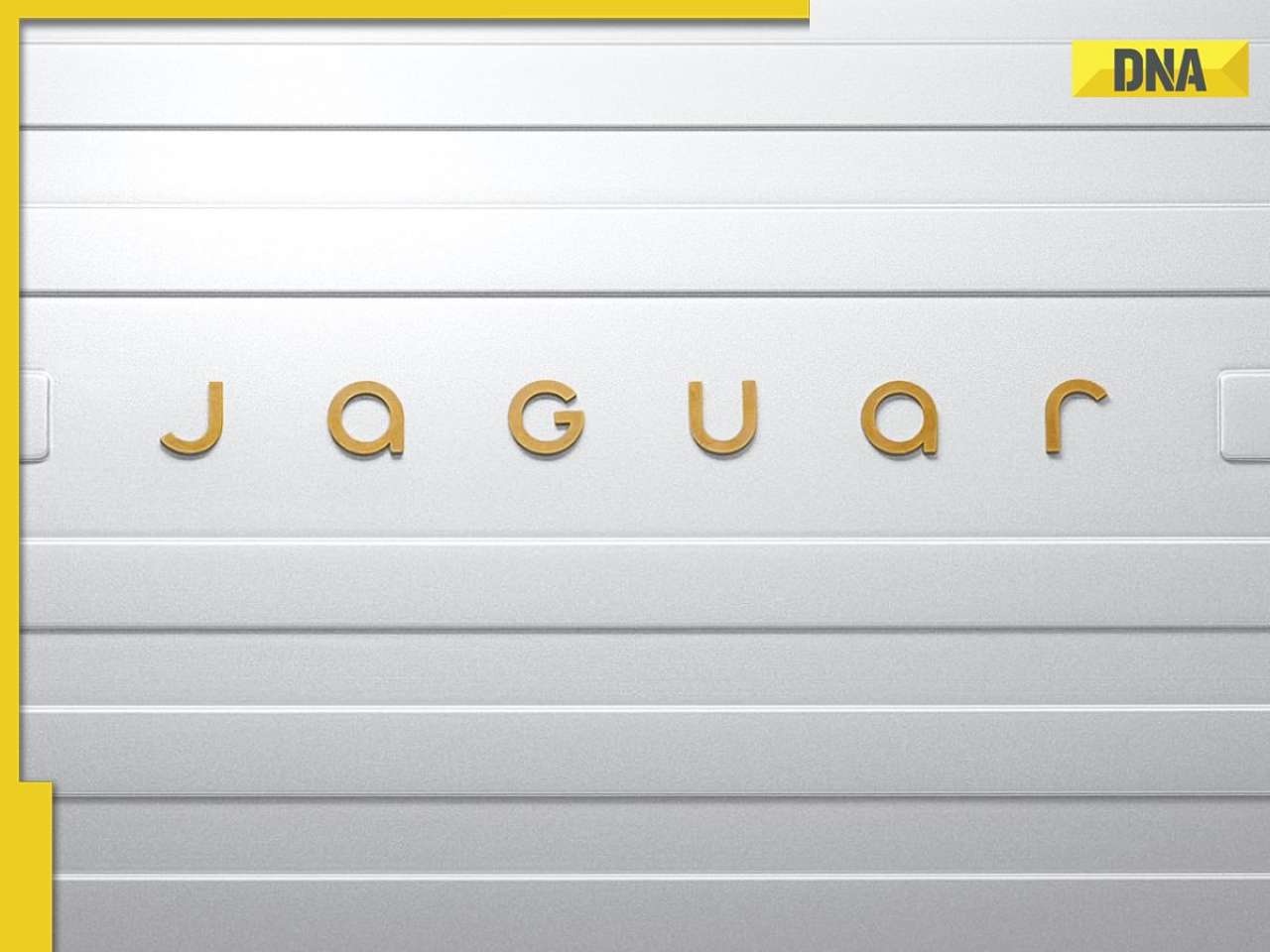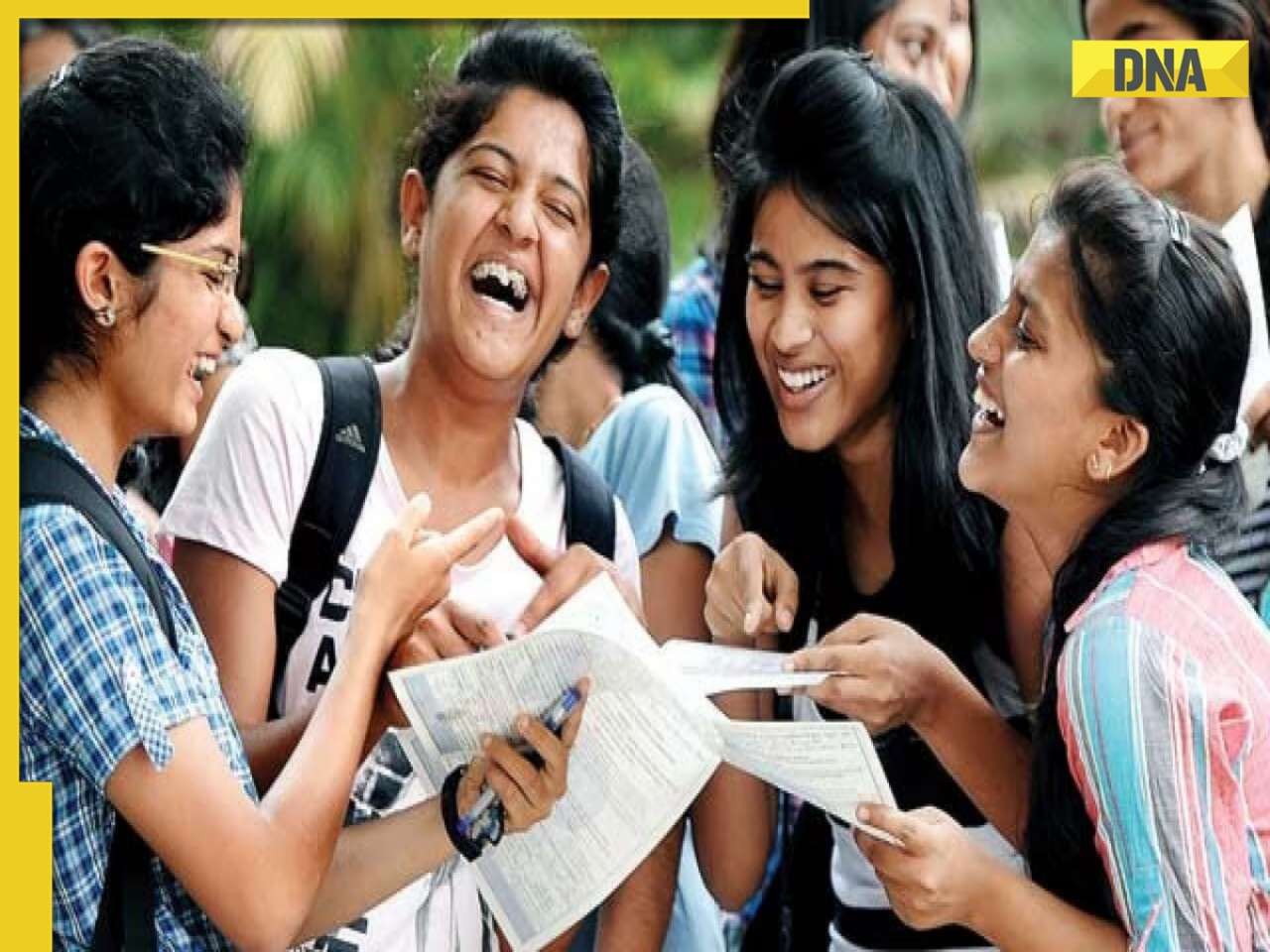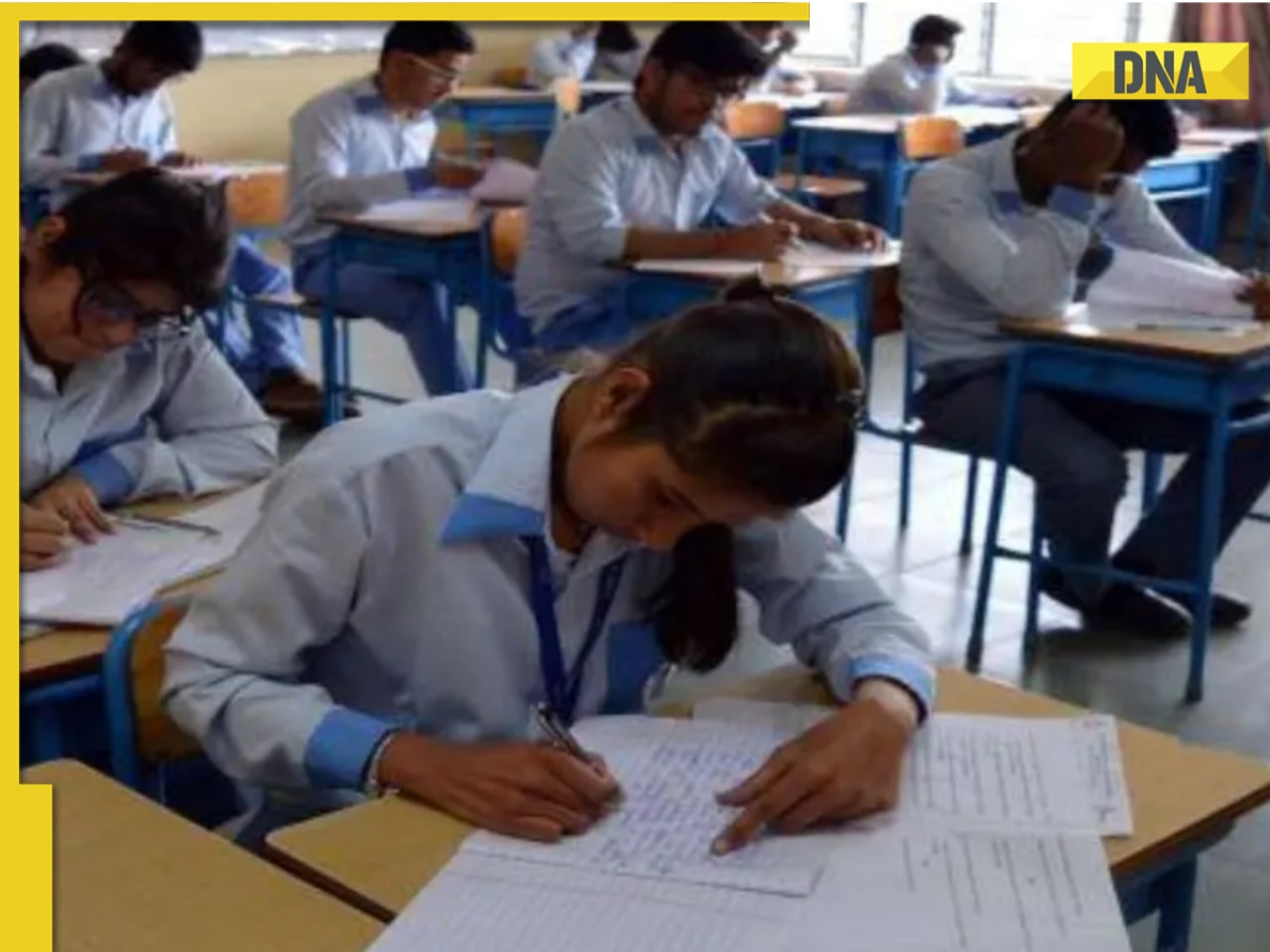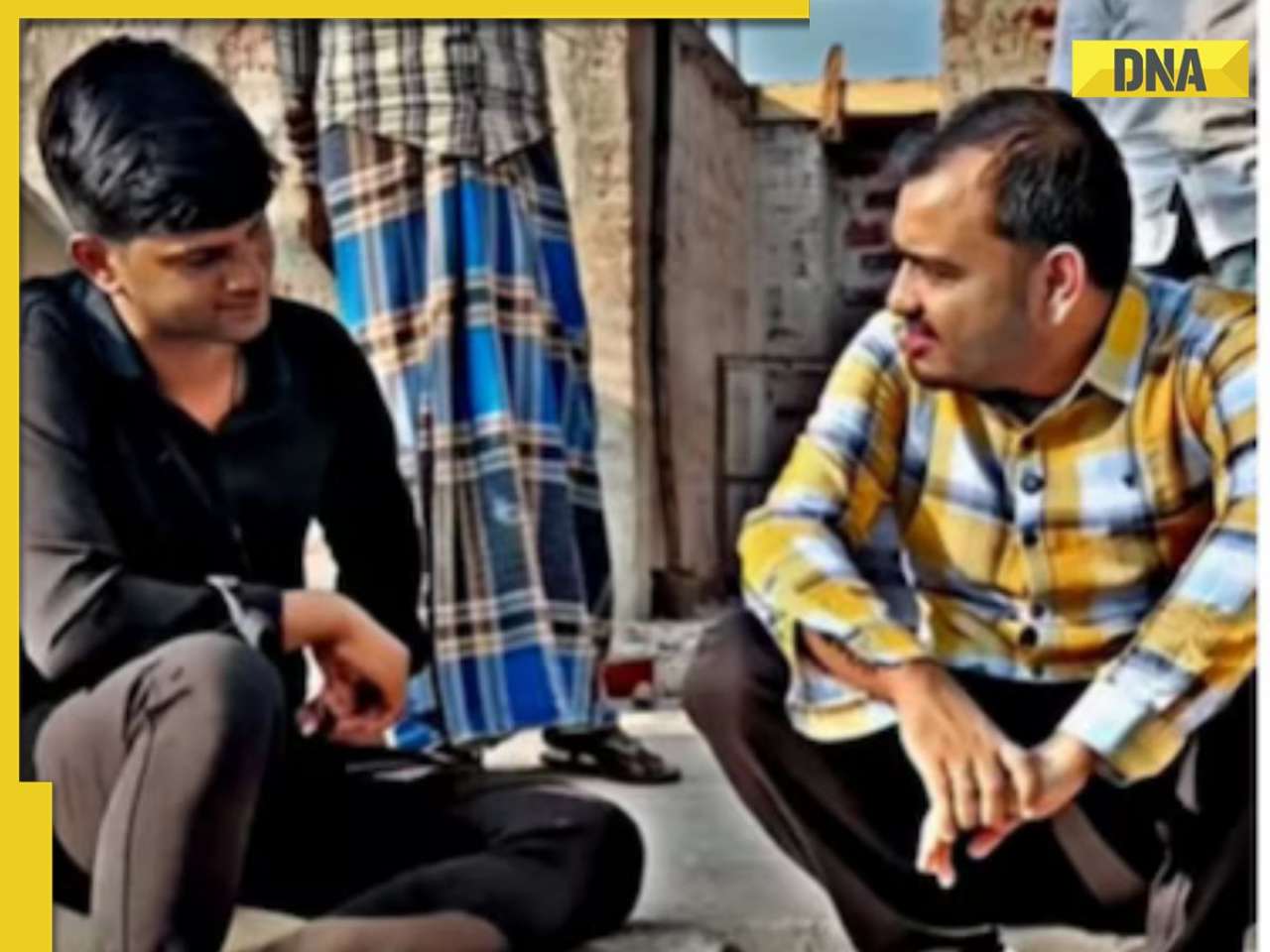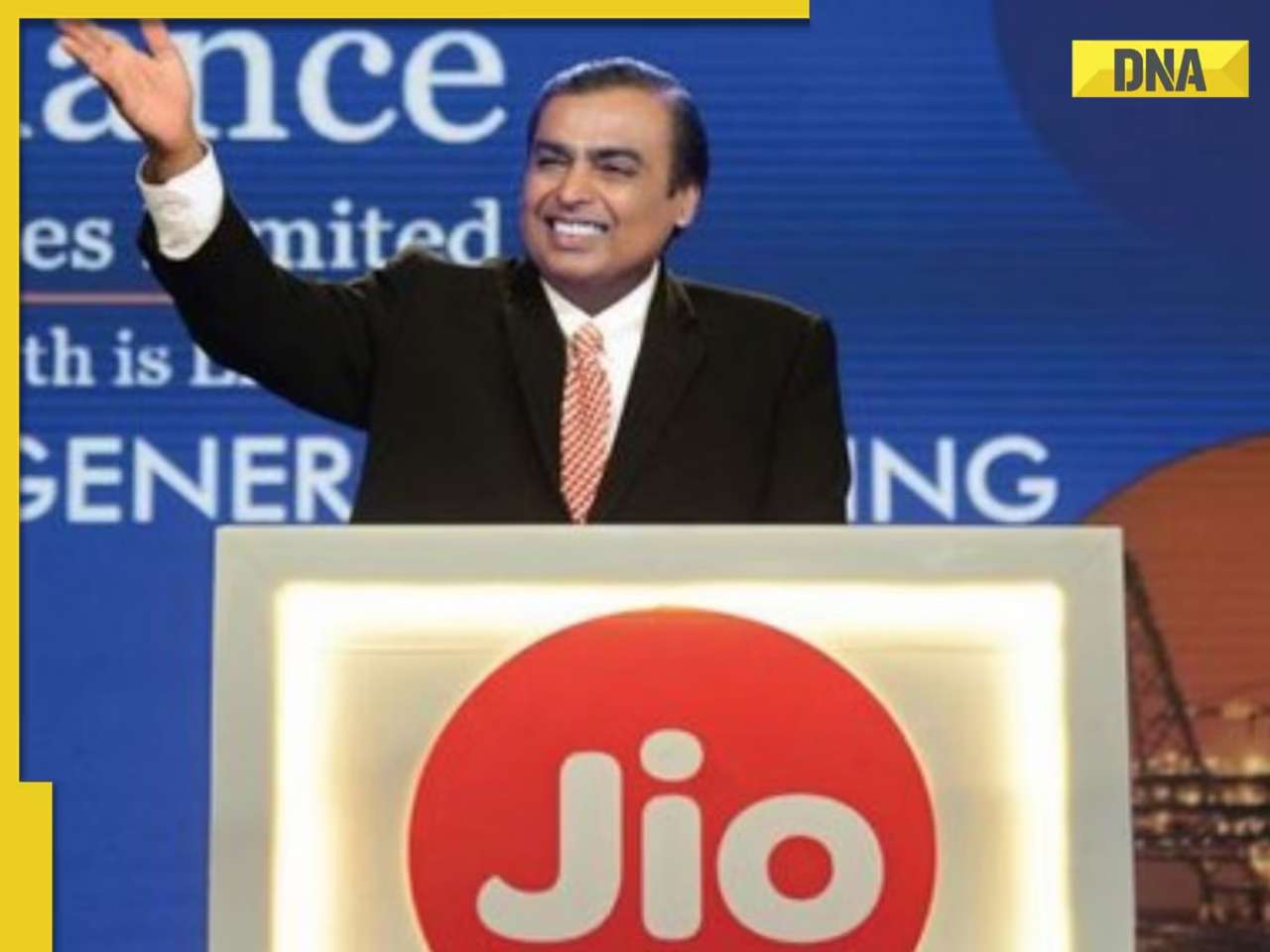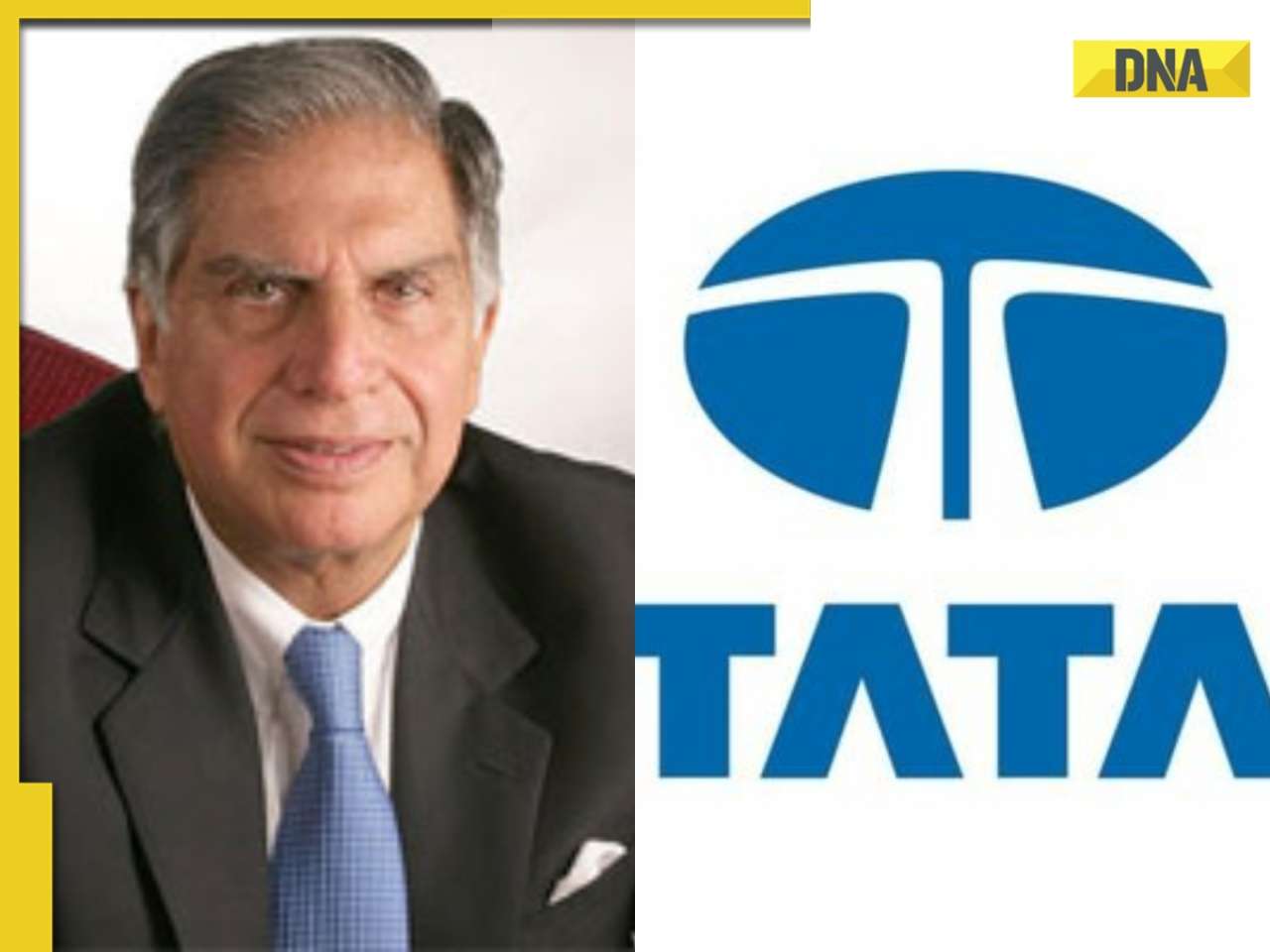- LATEST
- WEBSTORY
- TRENDING
BUSINESS
Roubini bets bottom’ll be made next year, not this
Nouriel Roubini’s reputation as an economist who prophesied the subprime crisis and the global financial seizure in graphic and accurate detail has earned him the moniker of ‘Dr Doomsday’.
TRENDING NOW
Nouriel Roubini’s reputation as a “dissident” economist who prophesied the subprime crisis and the global financial seizure in graphic and accurate detail has earned him the unfortunate moniker of ‘Dr Doomsday’.
So it comes as a huge relief when the chairman of RGE Monitor and New York University Stern School of Business professor prefaces an interaction in Hong Kong with some mildly comforting words.
“Compared to last year, things have improved: the tail-risk of a global financial meltdown has been reduced, and we’re not going to have a collapse of the system,” says Roubini. Likewise, the risk of a second Great Depression has been averted, he reckons.
But before you can breathe easy, the doomsayer in Roubini springs to the surface. “All this doesn’t mean it’s all over,” he caveats. “The US economy has still not bottomed out, and major US financial institutions still have large write-downs to make.”
The stock market revival of the last six weeks only shows the markets are “way ahead of the real economic and financial data… I think people have deluded themselves that things are better than they are,” he says. Excerpts from an interaction:
When the results of the US banks’ ‘stress tests’ are revealed next week, will there be any more shocks to the system?
I don’t expect the kind of radical shocks we saw last year with major financial institutions suddenly collapsing. At the Group of Seven and International Monetary Fund meetings, leaders pledged not to let any such collapse in a disorderly way, and acknowledged that it may have been a mistake to let Lehman Brothers go that way.
In spite of that, the results of the stress test might suggest that some large US financial institutions are so much in trouble that they’re going to need massive capitalisation, and may require explicit government takeover of these institutions. That could have a ripple effect on financial markets. This time around, I think they’re going to be taken over in an orderly way. Even so, it will come with surprises on the negative side. The bad news for financial institutions is still not over, especially with unemployment rate going above 10% a year. That’s one of the sources of concern and nervousness among investors.
In the next few months, we’ll hear worse-than-expected macro news, worse-than-expected earnings news and worse-than-expected financial shocks. All these imply downward risks for stock prices.
Aren’t you encouraged by the positive earnings numbers from US banks?
The numbers of financial institutions for the first quarter were slightly better than expected, but there was a lot of accounting fudging going on. Many of the banks used the new rule regarding mark-to-market to push up the value of some illiquid assets. That’s not accounting; that’s gaming. Despite the terrible state of economy and the housing market, many banks are not provisioning enough reserves for their own loan losses, which are still to spread through the entire financial system. If they were setting aside enough reserves, their earnings won’t look as good.
Banks have been benefiting from the fact that they’re paying zero interest rates on deposits and they borrowed about $300 billion guaranteed at close to zero interest rate from the government.
They are earning an intermediation spread that is not sustainable over time. And banks are also benefiting from the fact that in the last quarter, markets were so disrupted that bid-ask spreads were so wide they could make money just by market-making kind of activities. Again, that’s not sustainable.
When you scratch the surface of those numbers, all these financial institutions look much weaker than they are. They are not provisioned enough. I expect their losses will peak at $3.6 trillion.
They’ve only written down $1 trillion, so their numbers are going to get much worse – especially given the unemployment rate. When that is at 10%, default rates and losses are going to be huge, and recovery rates will be very low.
Today, already the charge-off rates for major US banks are double the rates they were at the peak of the last banking crisis in 1991. At the end of this year, those rates are going to be four times as high as during the last peak. It’s going to look ugly.
There’s increasingly a perception that the worst of the crisis is behind us. Is that wrong?
When people say the worst is behind us, I don’t understand. Do we mean the rate of US economic contraction? The last quarter saw a contraction of -6%. From that, if you go to falling at an annualised rate of 2-3% for the next quarter, that’s an improvement because it’s not as bad as before. But the optimists say we’re gong to have growth of 2% by Q4 2009. I see growth at -2% by Q4. For the next year, optimists see a 2% growth rate. I see 0.5% growth rate.
Compared to the consensus opinion, I think people are going to be surprised. Sure, the tail-risk of a global financial meltdown has been reduced: we’re not going to have a collapse of the system. But if I am right, many banks are still in severe trouble, they’ve not recognised their problems, and we could have another round of banking problems.
So, in that sense, the worst case of a total meltdown and the risk of a depression has been reduced, but does it mean we are at the end of the tunnel? We are not. The economy has still not bottomed out, and the bottom is going to be next year rather than this year.
Is the change in the mark-to-market provisioning unhealthy?
That change in the rule is actually a big mistake. This crisis was caused already by opacity and lack of transparency in the financial system. People didn’t know how much toxic assets they were holding. Now, instead of making the system more transparent, we’re making it less transparent, and that’s not good news.
Even if you changed mark-to-market, you’ll have massive losses not written down because there is already a huge amount of regulatory forbearance that allows banks to keep many of these assets as Level 2 or Level 3, and not marking them down even to their long-term values. So you can play games with mark-to-market changes. But the fundamentals of loan losses arising because of unemployment rate of 10% is a reality that will emerge sooner or later.
My assessment of losses at $3.6 trillion assumes robust mark-to-market. The numbers could be worse if the economy gets even worse than I predicted. When I made those predictions, I thought unemployment would be close to 10% but it now looks like it will be above 10% this fall, and perhaps 11% next year.
Later this week or early next week, the IMF will announce an estimate of $4 trillion credit losses globally: $3.1 in the US and $900 billion for the rest of the world.
So are the stock markets in denial?
The stock market is way too ahead of the real economic and financial data. I think people have deluded themselves that things are better than they are.
My reading is that the markets will go down from their current level because of worse-than expected macro news, earnings surprises on the downside, trouble in some big financial institutions, or an emerging economy going bust.
There are lots of things that suggest that we are not yet at the bottom. People say the stock market usually bottoms out six months before the end of a recession. Firstly, the end of this recession may not be this June but June of next year. Secondly, last time around we had a recession, the economy bottomed out in November 2001, but stock prices kept falling all the way until March 2003. That’s because although the recession ended, the economy was growing weakly, and there was deflationary pressure, profits were not growing, margins were compressed, default rates on corporate bonds spiked to 13% and you had job losses that continued until March 2003. And that was a mild recession that lasted eight months. This time, it’s going to last 24 months, at least. Last time around, the cumulative fall in output from peak to trough was minus 0.5%; this time it will be at least 5%. So the contraction of GDP is going to be 10 times bigger than last time. And that time it was only the US that was in recession. This time it’s a global recession.
I don’t expect another 50% adjustment in stock prices, like I did two years ago: that adjustment has already happened. And we are closer to a true bottom, but this current recovery is a bear market sucker’s rally.
What will signal a recovery?
There is not one or two indicators, but dozens that you need to look at. I would not look at stock prices. The stock market has predicted six of the last zero economic recoveries.
Six times around for the last two years, you had a bottom and you had a bear market rally, and all these optimists said every time, ‘You see! The recovery is the beginning of a bull market.’ They were wrong six times over. And every time, instead of shutting up, they say the same thing. They have no shame. They keep on repeating the same stuff – and being wrong.
But at some point, there will be a true bottom. The more time goes on, the more prices are lower, the closer we are to a bottom of the economy, the closer we might be to a true bottom. At the next market downturn, we may be closer to an economic recovery next year. And slowly, markets are gong to mend. But this is going to take time.
Instead, I would look at the credit market. High-yield spread relative to treasuries are now so high that if you are sub-investment grade firm, you have no access to the credit market.
Optimists like Goldman Sachs may say they see the green shoots of recovery citing four variables that show the real economy is stabilising. Of these four, even they admit one is awful: initial claims well above 600,000, which means there’s not going to be any recovery of employment. The three other variables are: retail sales based on January and February, industrial production, and housing.
Retail sales collapsed again in March, so the recovery of January and February was not true.
Housing starts are still falling, as are building permits and home prices. There is absolutely no bottom in the housing market. And even for industrial production, March was as bad as ever.
So much for the green shoots of recovery, the glimmers of hope! All four variables look lousy in the US, and even worse in the Eurozone and in Japan. They’re barely starting to recover in China.
If you look at the numbers, many variables are not in free fall as they were in Q4 2008 and Q1 2009, but they are still contracting at a significant rate.
What’s your outlook on China?
Compared to every other country in the world, which have negative growth, China’s growth in 2009, estimated at 5.5%, is good news. But compared with the average of the last few years, it’s a hard landing for China.
China depends a lot on the global economy and if the US is going to be still in recession and the recession in Europe and Japan are going to get worse than in the US, that weakness of global economy is going to lead to a weakness of Chinese growth, in spite of the best intentions of China’s policymakers. A lot of the stimulus package has been directed at capital-intensive industries, and the excess capacity already there may be increased by the policy stimulus. Unless the government changes the nature of the fiscal stimulus, the fundamental restructuring required of the Chinese economy will not happen.
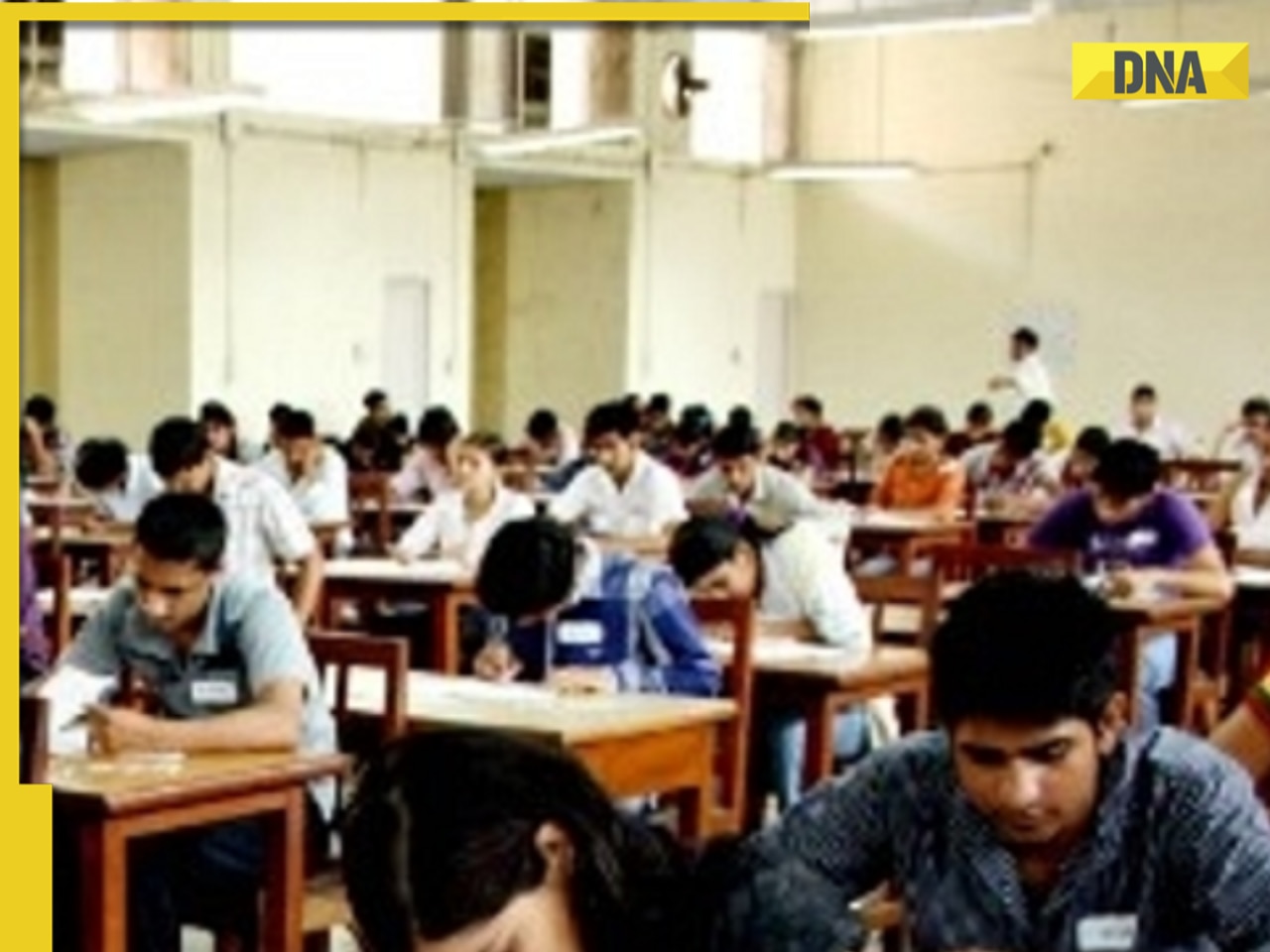







)
)
)
)
)
)
)
)
)
)
)
)
)
)
)








